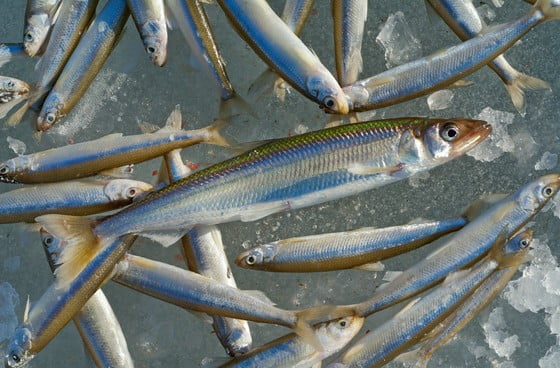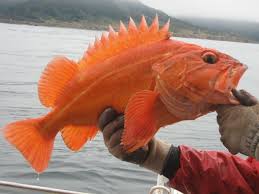
SALEM, Ore. – Wild Willamette winter steelhead, an iconic run that is considered by many to be the most imperiled fish in Oregon, are posting some their best returns in three years. ODFW’s biologists hope this is the beginning of a turnaround, and evidence the fish are responding positively to the removal of one of their most voracious predators – California sea lions.
To date, more than 2,400 Willamette winter steelhead have crossed Willamette Falls into the upper river and its tributaries on their way to spawn, in what’s shaping up as the best return in years. Based on passage numbers to date, ODFW is projecting the total return this year will come in around 3,200 winter steelhead. That would be nearly double last year’s return of 1,829 fish, and nearly a fourfold increase from the record low return of just 822 fish in 2017.
“We’re excited to see some of the best winter steelhead returns in recent years,” said Dr. Shaun Clements, ODFW senior policy analyst. “We’re encouraged by the fish numbers and by the success in implementing the sea lion removal program. We’ve definitely been able to reduce predation this year and provide some relief to the fish.”
ODFW biologists have been monitoring Willamette wild winter steelhead for a number of years and have shown that California sea lions were consuming up to 25 percent of the winter steelhead run. Biologists warned that unless something was done to protect the steelhead from such heavy losses to predation, the fish were in imminent danger of going extinct.
Sea lions are federally managed, so in 2017 ODFW applied to the National Marine Fisheries Service for authorization to remove California sea lions from Willamette Falls. Following a year-long public review and comment process, an authorization was granted last November.
Trapping began a month later in mid-December, and ODFW has since removed and euthanized 13 California sea lions. Many of these animals had been present in the vicinity of Willamette Falls since last August and almost all had been coming to the Falls for a number of years. The 11th sea lion was removed on March 13. With the removal of this animal, there were no sea lions on the lower river for six days, and the steelhead were free to move through the lower river and over the falls without being preyed upon by sea lions. This respite from the sea lions took place during a warming trend when daily crossings increased from double to triple digits. Lots of steelhead were moving into the Willamette, and, for the first March in many years, there were no sea lions hunting them. Unfortunately, the respite was short-lived, as more California sea lions have since moved into the area. On March 22, two more California sea lions were trapped and euthanized.
“We typically see an increase in sea lion abundance at the Falls in April as additional animals move in to feed on the more abundant spring Chinook,” said Clements. “We always expected it would take 2-3 years to fully manage predation at this site but we’re encouraged by the early results.” ODFW will get a final count on winter steelhead at the end of May, when the spawning migration typically ends.

